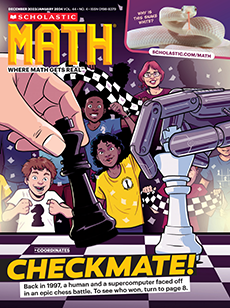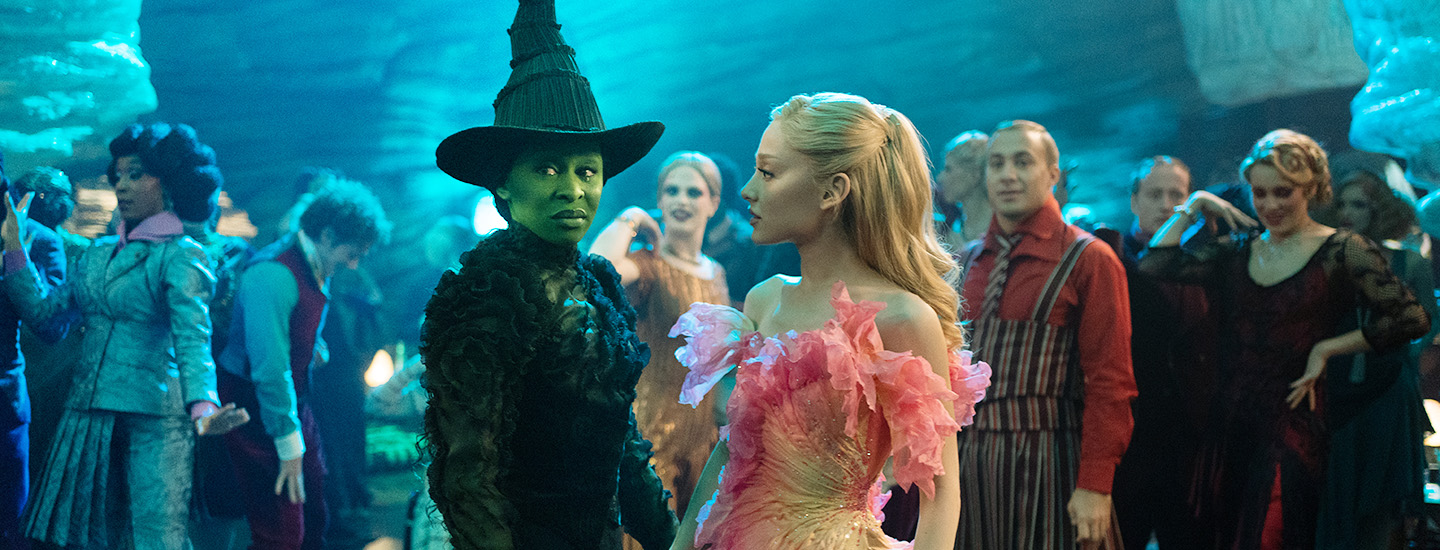Brian Isom
Paul Tazewell
How do you bring characters from a fantasy world to life on the big screen? It’s all in the details says master costume designer Paul Tazewell. And he should know: His designs earned him an Academy Award for last year’s movie musical Wicked. Even more of his fantastic designs will hit the big screen on November 21 in the sequel, Wicked: For Good.
Over his 30-year career, Tazewell has designed not only for film but also for television and theater. He rose to fame when his designs for the hit musical Hamilton won him a Tony award in 2016. His experience in designing costumes for musicals made Tazewell a natural choice for the Wicked movies.
Before filming, Tazewell met with director Jon Chu and other lead designers, like makeup and hair designer Frances Hannon, to develop a look for the movies. “We discussed the world of Oz and the story before moving on to how each individual looks,” says Hannon, who was also nominated for an Academy Award for Wicked.
After they decided on the looks for each character, Tazewell got to work. He carefully considered every detail of each costume—from buttons and beads to shoe leather and fabric patterns. More than 70 costume makers worked in eight workshops to make the garments. This village of professionals included beaders, knitters, weavers, hatmakers, and more. The team made more than 1,000 costumes!
How do you bring fantasy characters to life on screen? It’s all in the details, says Paul Tazewell. He’s a master costume designer. He won an Academy Award for the costumes in last year’s movie musical Wicked. The sequel, Wicked: For Good, hits theaters on November 21. It features even more of Tazewell’s fantastic designs.
Tazewell has designed costumes for 30 years. He’s worked on films and intelevision and theater. He became famous after designing costumes for the hit musical Hamilton. That won him a Tony award in 2016. It also made him a great fit for the Wicked movies.
Before filming, Tazewell met with director Jon Chu and other designers. Together they agreed on a look for the movies. “We discussed the world of Oz and the story before moving on to how each [character] looks,” says Frances Hannon. She was the lead makeup and hair designer. She was also nominated for an Academy Award for Wicked.
Then Tazewell got to work. He carefully thought out every detail of each costume. That might mean picking the perfect buttons or just the right shade of leather for shoes. More than 70 costume makers worked to make the outfits. There were beaders, knitters, weavers, and more. They had eight different workshops. The team made more than 1,000 costumes!

